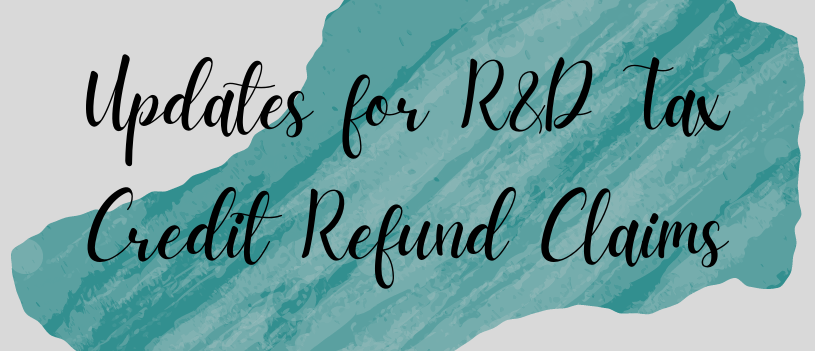Recently the IRS has updated their FAQ page in order to help answer businesses’ questions regarding submitting claims for refunds involving the federal research and development (R&D) credit. This tax credit results in a reduction in a company’s tax liability for certain domestic expenses such as design, improvement or development of products, techniques, formulas or software. Details on the R&D tax credit are outlined under Section 41 of the Internal Revenue Code.
The R&D tax credit can be complicated for some business owners, so in order to avoid dubious claims, the IRS is now asking for detailed information regarding the business components that form the factual basis of the research credit. Businesses must also provide information on all the research activities performed by each business component. For each business component, businesses must name those who helped perform each research activity as well as what each individual discovered. Lastly, the IRS is requesting that they provide the total qualified employee wage expenses, contract research expenses, and supply expenses.
Unfortunately, these new documentation requirements did have some backlash among tax professionals and business owners. Individuals have requested more clarification on what is required to be submitted. In January, the IRS extended their deadline to update the refund claims that had already been submitted. The transition period was expanded from 30 to 45 days to help individuals provide evidence to back up their research credit claim. For those who filed a claim during the transition period between January 10, 2022 and January 9, 2023, they will have 45 days to “perfect” their claim and file in a timely manner if their claim did not have the requested components.
If you have filed a refund with the R&D tax credit, take the time to review the FAQ page provided by the IRS if you have any questions. For example, the page discusses how taxpayers who file a refund claim are supposed to comply with the requirements for the credit when the claim is based on an R&D credit from a pass-through entity. The IRS also answers individuals’ questions regarding if a taxpayer can challenge the IRS if it is determined that a claim for a refund involving the Research Credit is not valid. The IRS also notes on this page that they have implemented a one-year transition period and will contact those taxpayers with a deficient claim for the refund through Letter 6426C or 6428. This notification will indicate which of the documentation requirements are missing and will give the taxpayer 45 days to perfect the filing. Overall, these FAQs can be beneficial for those who are struggling with the new documentation guidelines for the R&D Tax credit. If you have questions on these new updates, we recommend contacting your tax professional for more information!
